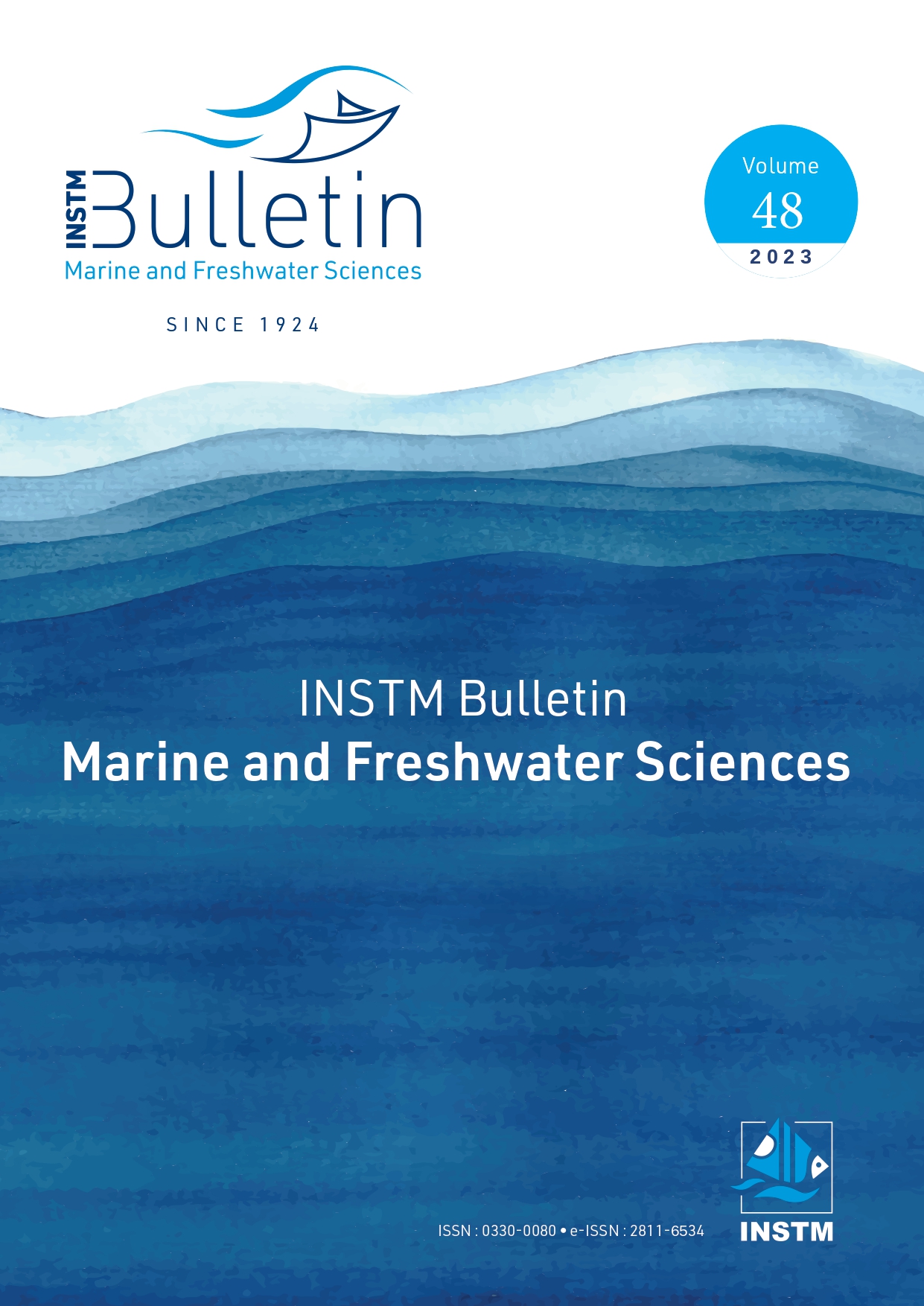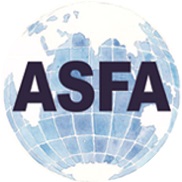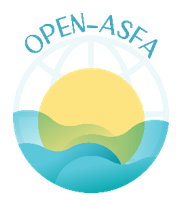Acute and subacute toxicity of naphthalene in a filter-feeding species Styela plicata (Chordata, Ascidiacea)
DOI:
https://doi.org/10.71754/instm.bulletin.v48.1570Keywords:
Styela plicata, Ascidiacea, acute toxicity, filtration, naphthalene, aromatic hydrocarbon, Ghar El Melh lagoon, Tunisia, MediterraneanAbstract
The aim of the current study was the assessment of a Polycyclic aromatic hydrocarbon (PAHs) toxicity on an ascidian species, Styela plicata. Acute and subacute toxicity of naphthalene (NAP) has been determined using five increasing concentrations (0.5, 1, 1.5, 2.5 and 5 mg/l) during 96h of exposure. The half lethal concentration (LC50, 96h) value of naphthalene for S. plicata was 2.41 mg/l. Furthermore, the filtration activity decreased in the five tested concentrations of NAP; a significant decrease by 69% and 91.8% was observed after 1h in the groups exposed to C1 and C5, respectively. A similar pattern was noted after 2h of filtration; the decrease was estimated to 39% in C1 and 72.5% in C5. The results from this bioassay confirmed the toxicity of NAP on S. plicata; we also provided information about the use of S. plicata as a potential bioindicator species for the assessment of PAHs toxicity.
Downloads
Downloads
Published
How to Cite
Issue
Section
ARK
License
Copyright (c) 2023 Tahani EL AYARI, Raja BEN AHMED , Samir GHANNEM , Najoua TRIGUI EL MENIF

This work is licensed under a Creative Commons Attribution 4.0 International License.












